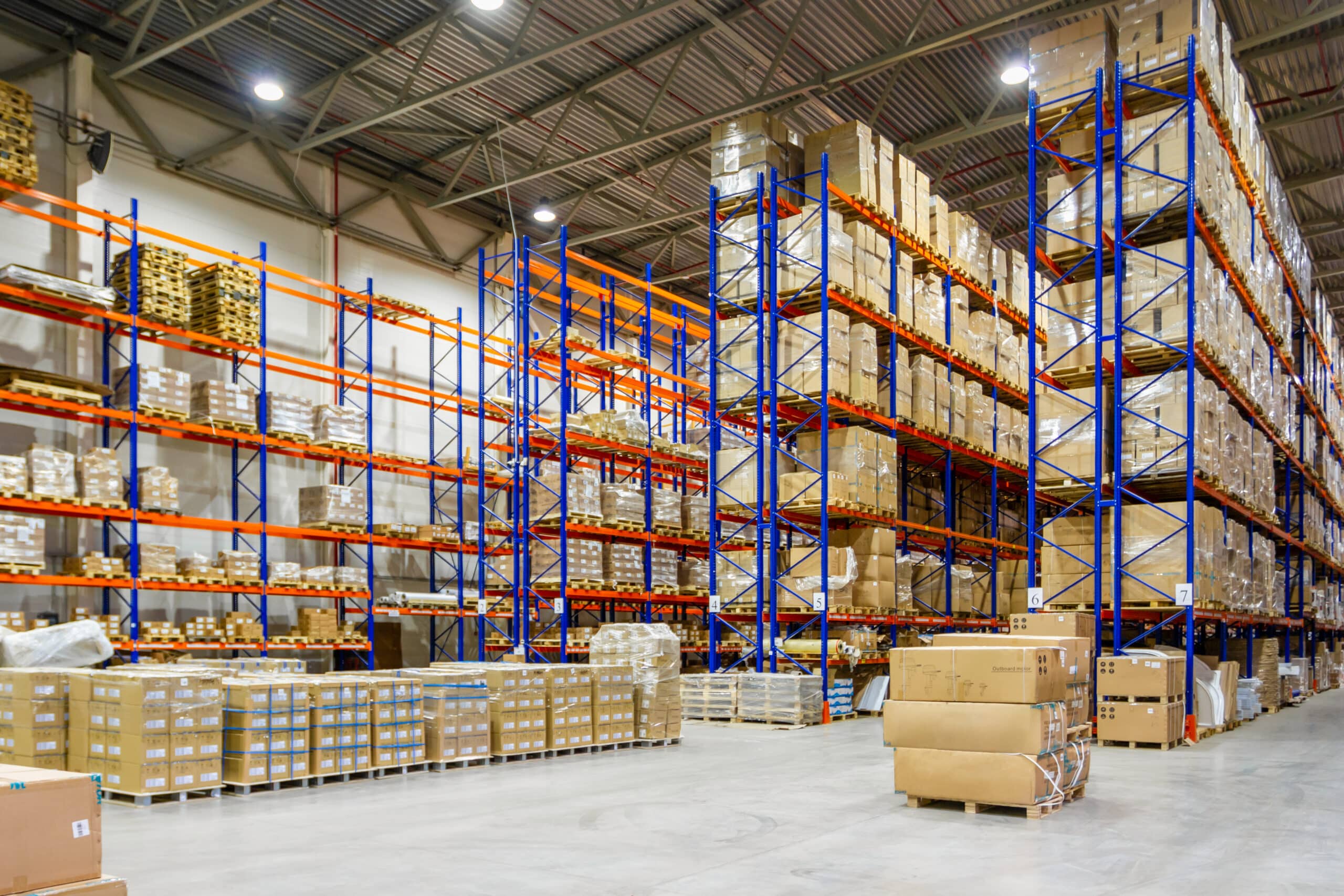In 2025, one supply chain topic moved from a rare policy move to an urgent and unpredictable recurrence: trade tariffs. Whether it’s new duties on consumer electronics from China or looming retaliatory tariffs on European imports, companies that manage and ship physical goods are now navigating a supply chain where trade tariff whiplash is impacting their bottom line.
For businesses, these shifts are hitting hard and fast, and can impact everything from sourcing to customer satisfaction. How exactly? Tariffs can drive up costs overnight, instantly throw off demand forecasts, cause consumers to change their purchasing habits, and force tough decisions on issues such as reordering and safety stock.
So, how can companies best navigate trade tariffs, stay agile in the wake of unpredictable policy changes, and still provide consistent service for customers? This article will break down what you need to know about trade tariffs and explore how better data and integrated planning tools can help you make more confident decisions in a tariff-driven supply chain.
What’s Different About Tariffs in 2025
Trade tariffs, or import duties, have been a fixture of the global supply chain for decades. But in 2025, they’ve evolved into something far more dynamic, strategic, and unpredictable. Unlike previous years, where trade tariffs were relatively stable, deployed slowly, and limited to specific sectors, today’s tariffs are being used as fast-moving political levers.
Here’s what sets trade tariffs apart today:
- Tariffs are being used as reciprocal policy tools: Governments are using reciprocal tariffs as political tools, since the United States announced such tariffs in the beginning of April. While each tariff varies by region and product vertical, they are impacting both imports and exports.
- Scope, scale, and velocity are increasing: Historically, tariffs have been initiated incrementally and rolled out slowly, to prevent shockwaves and give businesses and consumers time to adjust. In contrast, these recent tariffs have been substantial and are being implemented quickly and on a large scale. For example, at the time of this writing, the US government is weighing a 50% tariff on all goods from the European Union, after announcing a 20% tariff just a few weeks prior, which was quickly halved to 10% to allow time for negotiations. Tariffs of this quantity – and deployed at this speed – are highly unusual.
- Consumers are feeling the pinch – or are expecting to: Due to the volume of goods being impacted by these trade tariffs, it’s not just businesses that are feeling the heat: customers are also on high alert about how the prices of goods might change. Tariff trackers are showing customers in real-time which countries and verticals are being impacted, and breaking down how potential tariffs might impact their favorite stores and products.
Another key feature of these trade tariffs is that they are happening so quickly that inventory and technology are left to play catch-up. For example, tariffs are shifting daily, while inventory decisions (such as procurement, production, and distribution) typically unfold over weeks or months. Similarly, many legacy inventory tools (such as ERP and WMS) weren’t designed to handle fluctuating tariffs and real-time price changes. This can cause challenges for decision-makers, who need to get creative with how they’re monitoring tariff changes and adjusting their inventory decisions.
Ultimately, handling this modern iteration of trade tariffs is mission-critical for inventory-based businesses to understand and manage. Without the proper techniques and systems in place, businesses risk fallout such as tariff-driven price increases, disrupted inventory planning, dissatisfied customers, and thinner profit margins.
Tips for Navigating Trade Tariffs in 2025 (and Beyond)
Trade tariffs are an unavoidable part of doing business in the modern supply chain. However, this doesn’t mean that you, your business, and your customers simply have to suffer the consequences. Whether you’re managing inventory, procurement, or operations, here are key strategies you can use to stay ahead of tariff disruptions.
1. Understand your tariff exposure
How vulnerable is your business to tariffs? It’s important to understand the answer to this question, so you can be aware of how tariffs might impact different parts of your business. Start by identifying which of your SKUs are currently subject to duties, and which might be subject to impending ones)/ Identify factors such as supplier, country of origin, and product category. Determine how much tariffs currently cost you, and run models for what certain tariff changes might cost you. This will help you understand where you’re vulnerable and where to prioritize action. You can also start to make contingency plans if certain tariffs do go into effect.
2. Use your inventory system to simulate scenarios
Inventory management tools can help you run “what-if” scenarios, so you can plan what you’ll do if different tariff rates go into effect. Consider how potential tariffs will impact costs of goods sold (COGS), gross margins, safety stock levels, and reorder points. This modeling helps you predict how tariffs might impact your business and understand tariff-driven changes to factors such as working capital and service levels, without scrambling when a new duty is announced.
3. Monitor policy changes in real time
Trade policy is changing at an incredibly fast pace. Keep your eye on the news and real-time policy changes, so you can be aware of tariffs as soon as they’re enacted. Set up alerts for new tariff announcements and government notices, keeping your procurement and finance teams informed, and be prepared before your inventory is impacted.
4. Use your inventory management software to your advantage
During trade tariff uncertainty, your inventory management software can be your greatest asset. Use it to identify which suppliers and SKUs are most vulnerable to tariffs, and utilize safety stock planning features to prepare your inventory in advance. Also, tap into advanced demand forecasting algorithms to determine what future demand might look like. Tariffs can lead to unpredictable demand shifts – either surges (as buyers stock up ahead of price spikes) or slowdowns (as prices rise). An agile inventory management system should create dynamic demand forecasts, fed by real-time data, to help you plan for potential changes (rather than panic).
5. Alert your customers
Certain businesses, especially those most vulnerable to tariffs, are taking steps to alert their customers to price changes or notify them that price changes may be forthcoming. While this is a personal decision based on your brand and audience, consider informing your customers about the impact of tariffs.
Why might this be a good idea? Transparently communicating tariff-driven price changes to your customers keeps them in the loop and avoids blindsiding them if your prices do change. You can also let them know about any steps you’re taking to insulate them from the impact (such as absorbing some of the price increase). This can help build trust with your customers, strengthen your brand reputation, and encourage brand loyalty – even if prices do increase.
Instead of being approached as a temporary disruption, trade tariffs in 2025 need to be viewed as the new normal. And while they introduce complexity and cost fluctuations, they also offer business owners and decision-makers the chance to build smarter, more resilient supply chains.
Be Prepared for the Unpredictable with StockIQ
Your business can’t afford to ignore trade tariffs. But with the right software and systems in place, you can run simulations, adjust strategies in real time, and build a supply chain that’s ready for anything. For that, you can turn to StockIQ.
StockIQ is a supply chain planning suite built for businesses like yours that taps into advanced technologies to help you anticipate and plan for trade tariff disruptions. Our user-friendly system enables you to control inventory, simplify ordering, and enhance forecasting with AI-powered tools and sophisticated machine learning algorithms.
Are you interested in seeing how StockIQ can improve the way you navigate trade tariffs? Contact us today or request a StockIQ demo.

